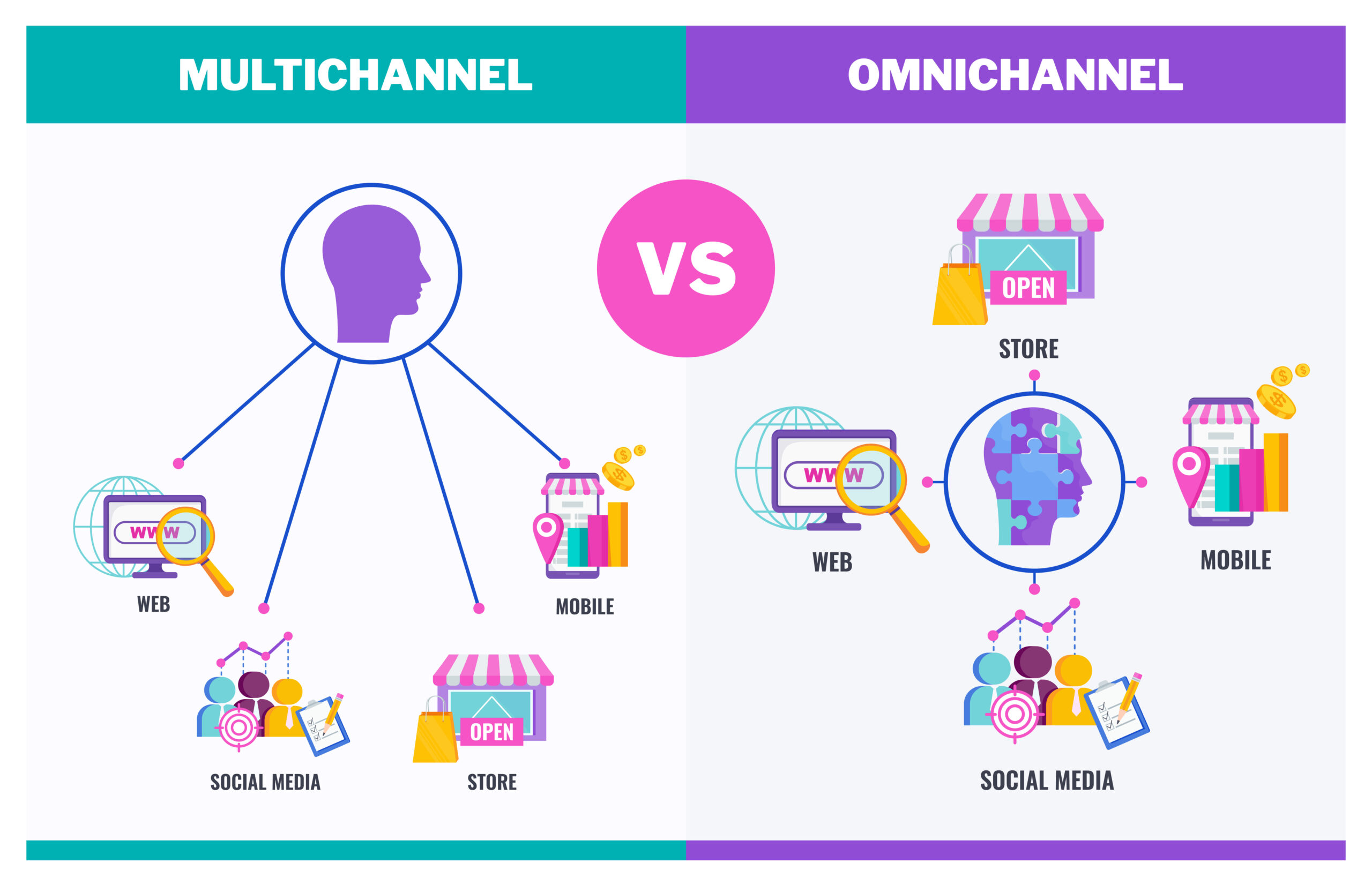What is a Data Management Platform? And Why Do You Need One?
Have you ever visited a website to look at a product and then noticed ads for that product on other online channels (like social media) over the next few days?
Well, these follow-up ads are made possible with data management platforms (DMPs). The ads keep brands on top of potential customers’ minds with hopes of driving them back to make a purchase. By not following up with prospects, you force them to take their business elsewhere. Worse still, you’ll not only lose out on that one transaction but also potential referrals. Talk about an anti-growth lead generation strategy.
So, what is a data management platform? And how can you utilize it for your business?
Here’s everything you need to know about DMP.
What is a Data Management Platform?
DMPs pull data from various sources (such as in-house and third parties systems) and use it to build detailed customer profiles that can help marketers manage their customer journeys efficiently. The data can also help automate and optimize the results of their advertising and marketing campaigns.
Some of the data collected about your customers include geographic, behavioral, and profile data. The result is an integrated picture of all your data sources from every touchpoint in a single platform.
With a 360-degree view of your customer base in real time, you can target your respective audience with utmost accuracy across various marketing channels.
Keep in mind that a DMP doesn’t independently manage the customer data nor execute ad campaigns. It’s just a nexus technology that lives between data sources and content delivery, and interacts with both in real time.
How Does Data Management Platform Work?
DMPs collect unstructured customer data from sources like mobile web, desktops, web analytics tools, mobile apps, point of sales, social media, online video, and TV. The right DMP should collect customer data beyond the surface level (it should collect more than just keyword and URL information).
A true DMP collects first-party data based on consumer behaviors like downloads, clicks, video uploads, video completions, and interests (for example, sports, politics, travel, or parenting). It can also include socio-economic and demographic data.
For instance, a clothing store can use DMP to collect and organize data, then use it to target specific ads to women between 18 and 25 years with interest in summer wear. By targeting a narrow market, you can triple your ad click-through-rate.
Why Do You Need a Data Management Platform?
DMPs elevate the digital marketing efforts of companies in several ways:
1. Streamlined Data
Your marketing team is probably collecting a lot of data from a range of sources such as emails, social media, e-commerce, loyalty programs, and mobile apps.
A DMP makes work easier by collecting, organizing, and storing all these groups of data in a single place. This means you can conveniently view your customers’ data across the multiple platforms they interact with. As a result, you get to understand your marketing strategies and target audience better and can, therefore, make informed decisions for your business going forward.
2. Improved ROI
A DMP can significantly lead to increased revenue without breaking the bank. This is because DMPs allow you to narrowly target a particular audience, which leads to higher response rates, higher conversion rates, and increased brand recognition. Increased conversion rates translates to sales growth and higher revenue.
And since you can choose who to advertise to and only focus on the most important audience, you can reduce ad waste and create a leaner marketing budget for your company.
3. Seamless Cross-Device Marketing Management
Your ads won’t reach a specific customer base with one type of device. Chances are, your audience will see it on Android devices, Apple devices, PCs, and even on TVs.
To allow you to analyze insights from all these different devices, DMPs offer cross-device management technology that matches profiles of your audience across different screens. This means you’re able to reach the right people on the right screen to give them a solid brand experience.
4. Better Customer Relations
It’s almost impossible to have a one-on-one relationship with all your customers or clients. However, with the right amount of data presented in a digestible way, you can get to know them better. With a DMP, you can know how they react to various ads and promotions, what products and services they value most, and what drives them to make a purchase.
You can also use data from surveys, social media engagement, and search results to predict what your customers may want from your business. For example, if you’re a residential cleaning company, you may find out that your clients from a specific area also need lawn mowing services. With this information, you can expand your business accordingly.
Televerde Can Help You Build Successful Demand Generation Campaigns with DMPs
If you need help with your lead generation using DMPs, Televerde is at your service. We’re a global sales and marketing services company equipped with the resources to generate demand among your target audience and boost pipeline.
With DMP, you’re able to extend your marketing campaign across a wide range of websites and apps through ad networks and ad exchanges.
You can unify your audience and performance data across all sources and build reliable audience segments based on demographics, customer information, browsing behavior, device, location, and more. This allows you to continually optimize your campaigns to reach segments that perform best.
Do you have more questions on data management platforms? Feel free to get in touch for more tips on effective demand generation.

